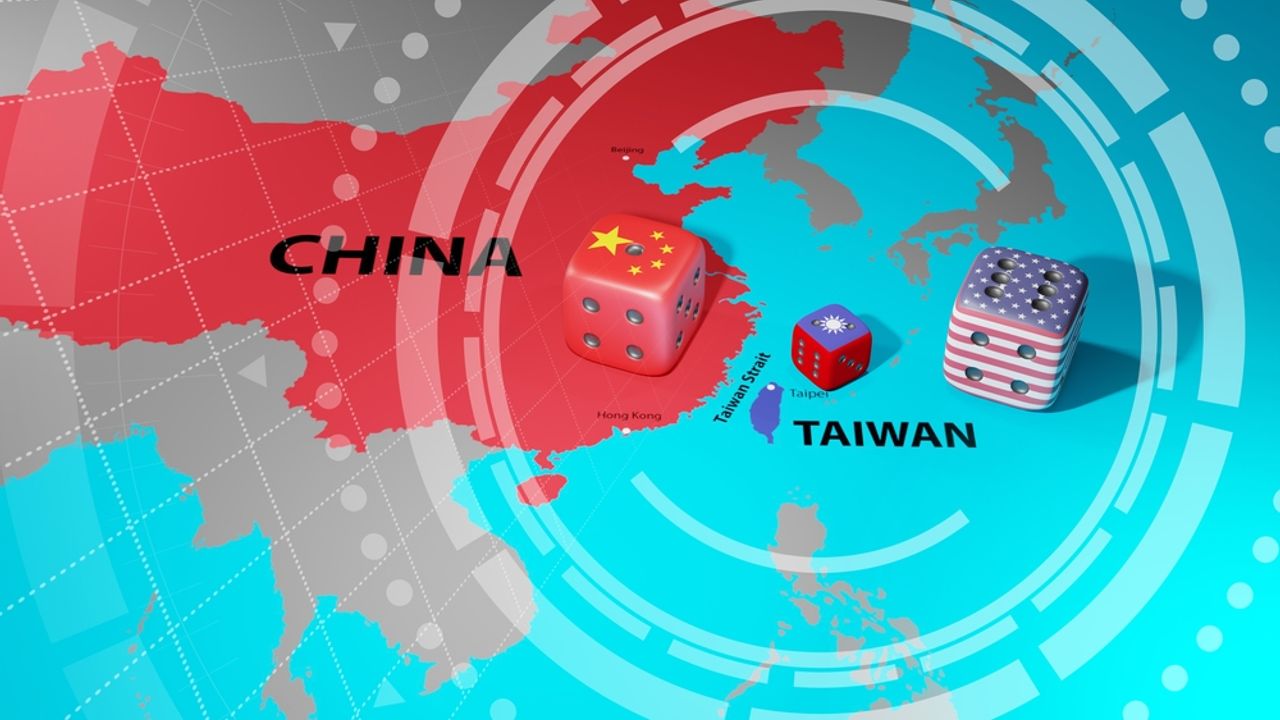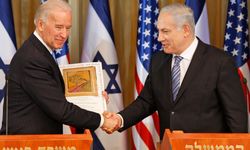Chinese military analysts told state media that the drills simulated attacks on Taiwan's leadership as well as its ports and airports in a bid to "sever the island's 'blood vessels'".
Beijing considers the democratic island part of its territory and has not ruled out using force to bring it under its control.
State broadcaster CCTV said the war games began on Thursday morning with aircraft and naval vessels surrounding Taiwan to launch mock attacks on "key targets".
The drills, codenamed "Joint Sword-2024A", were launched three days after Taiwan's new president, Lai Ching-te, took office and delivered an inaugural speech that China condemned as a "declaration of independence".
Beijing's defence ministry spokesman Wu Qian said on Friday that Lai had pushed Taiwan into a "dangerous situation of war and danger".
"Every time 'Taiwan independence' provokes us, we will take our countermeasures one step further until the complete reunification of the motherland is achieved," he said.
Taiwan has been self-ruled since 1949, when Nationalists defeated by the Chinese Communist Party in a civil war on the mainland fled to the island.
The drills are part of a growing campaign of intimidation by China, which has conducted a series of large-scale military exercises around Taiwan in recent years.
Beijing also stepped up its rhetoric on Thursday, with the foreign ministry using language more commonly associated with China's propaganda tools.
"Taiwan independence forces will be left with broken heads and bloodshed after fighting against the great trend for China to achieve full reunification," spokesman Wang Wenbin told reporters.
On Saturday, Taiwan's presidential office said it could assure the public that it 'fully understands the situation and is taking appropriate measures to ensure national security'.
"China's latest unilateral provocation not only undermines the status quo of peace and stability in the Taiwan Strait, but is also a blatant provocation to the international order," said Karen Kuo, spokeswoman for the Presidential Office.
'Closer than ever'
According to Taiwan's defence ministry, a total of 111 Chinese aircraft and dozens of naval vessels took part in the drills over the two days.
On Friday evening, the Chinese military released footage of 'key moments' of the drills, showing trucks with missiles ready to fire, fighter jets taking off and naval officers looking through binoculars at Taiwanese ships.
Meng Xiangqing, a professor at Beijing's National Defence University, told the state news agency Xinhua that People's Liberation Army ships were "coming closer to the island than ever before".
Beijing launched similar drills in August and April last year after Taiwanese leaders visited the US.
China also launched large-scale military exercises in 2022 after US House Speaker Nancy Pelosi visited Taiwan.
Wen-Ti Sung, a non-resident fellow at the Atlantic Council's Global China Center, told AFP that the scale of the latest drills was "significant, but not as big as last August".
Sung and other analysts told AFP that the geographical scope of the drills had increased, with a new focus on isolating Taiwan's outlying islands.
The drills took place in the Taiwan Strait and in the north, south and east of the island, as well as in areas around the Taipei-administered islands of Kinmen, Matsu, Wuqiu and Dongyin.
Tong Zhen, an expert with the Academy of Military Sciences, told Xinhua that the drills "mainly targeted the ringleaders and political centre of 'Taiwan independence' and involved simulated precision attacks on key political and military targets".
















